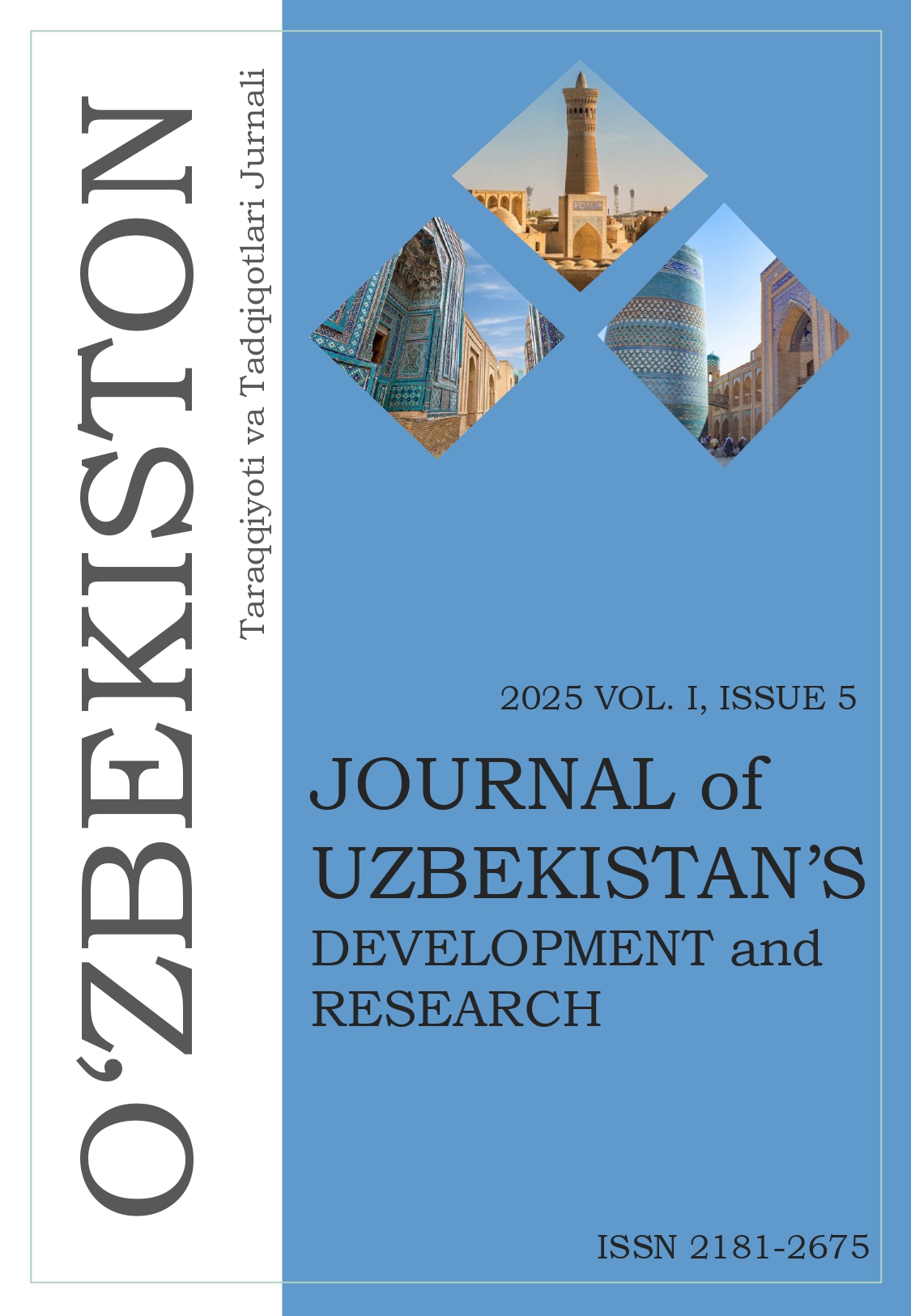THEORIES OF INTERNATIONAL TRADE: AN ANALYSIS FROM CLASSICAL TO MODERN APPROACHES
Keywords:
International trade, trade theories, absolute advantage, comparative advantage, Heckscher–Ohlin model, Leontief paradox, new trade theory, strategic trade theory, Porter’s competitive advantage, globalization, economic specialization, trade policy.Abstract
International trade is an integral component of the modern global economic system. The exchange of goods and services between nations contributes to economic growth, specialization, technological advancement, and greater consumer choice. This article is devoted to the theoretical foundations of international trade and analyzes eight key theories that have shaped economic thought throughout history. These theories explore the mechanisms of international trade from various perspectives, covering their historical context, core ideas, and contemporary relevance.
The article begins with classical approaches such as the theory of absolute advantage (Adam Smith) and the theory of comparative advantage (David Ricardo), and extends to modern frameworks including the new trade theory, the strategic trade theory, and Porter’s theory of national competitive advantage. Additionally, the Heckscher–Ohlin model, the Leontief paradox, and the product life cycle theory are thoroughly examined.
Each theory is analyzed within its historical context, highlighting its practical applications and significance in today’s global economic relations. The aim of the article is to systematically explore the evolution of international trade theories and their influence on global trade policy, as well as to provide students, researchers, and policymakers with a solid theoretical foundation. This study contributes to a deeper understanding of the theoretical underpinnings of international economics.
References
1.Wei-Bin Zhang. (2008). International Trade Theory. Capital, Knowledge, Economic Structure, Money, and Prices over Time, 2008. P.2
2.Oded Shenkar, Yadong Luo and Tailan Chi. International Business, 2022, 4th edition. P.31
3.Levent Vurgun, Furkan Metin. Evaluation of the Adequacy of the Trade Theories' Assumptions to Explain the Impact of NICs/Regions on International Trade. 2013
4.Chike A. Ezenwa, J.I. Iheanacho, H.I. Okafor (2021). Theories of International Trade
5.George L. De Feis, Donald Grunewald, and George N. De Feis (2016). International Trade Theory of Hyper-Globalization and Hyper-Information Flow Conceived. International Journal of Business & Applied Sciences. Vol. 5(1), pp.23-29.
6.Tri-Dung Lam (2015). A Review of Modern International Trade Theories. American Journal of Economics, Finance and Management. Vol 1(6), pp 604-614.
7.Saylor Academy. (n.d.). What is international trade theory? https://saylordotorg.github.io/text_international-business/s06-01-what-is-international-trade-th.html
Published
Issue
Section
License
Copyright (c) 2025 Davronova Charos (Author)

This work is licensed under a Creative Commons Attribution-NonCommercial-NoDerivatives 4.0 International License.
All Rights Reserved.





